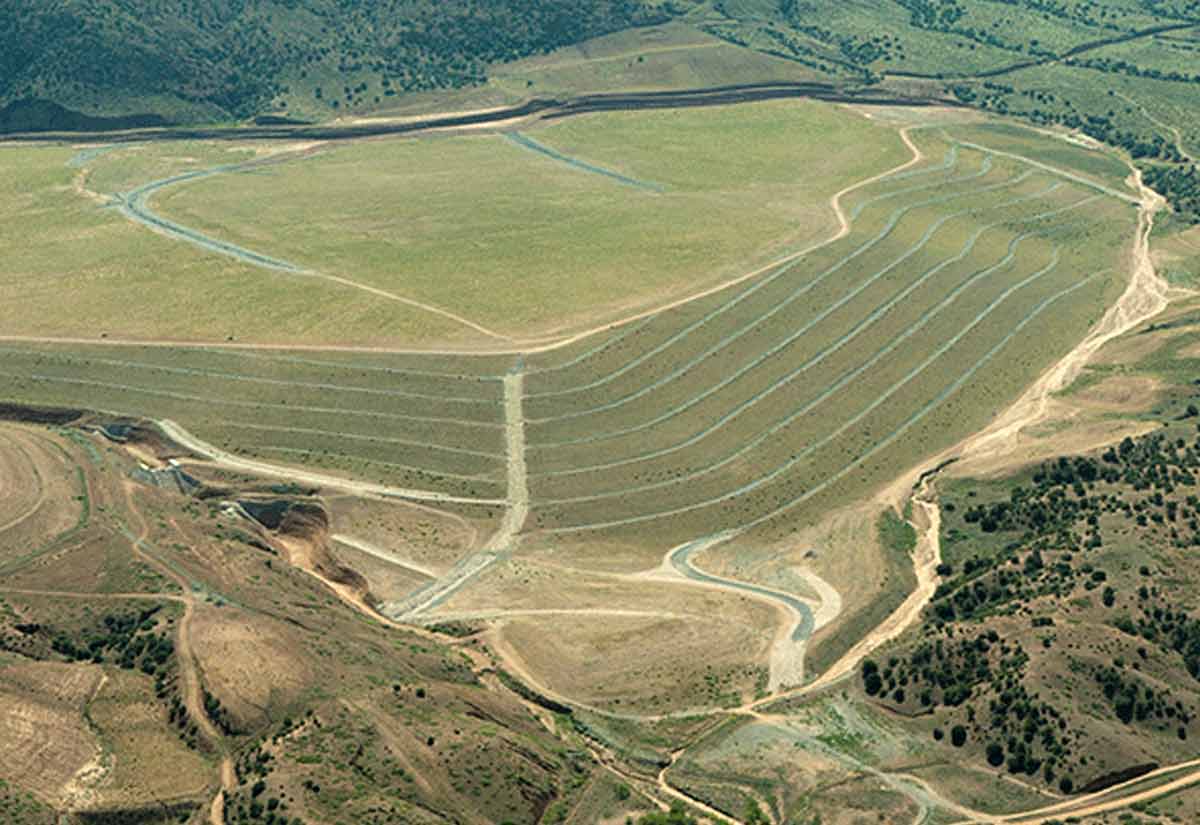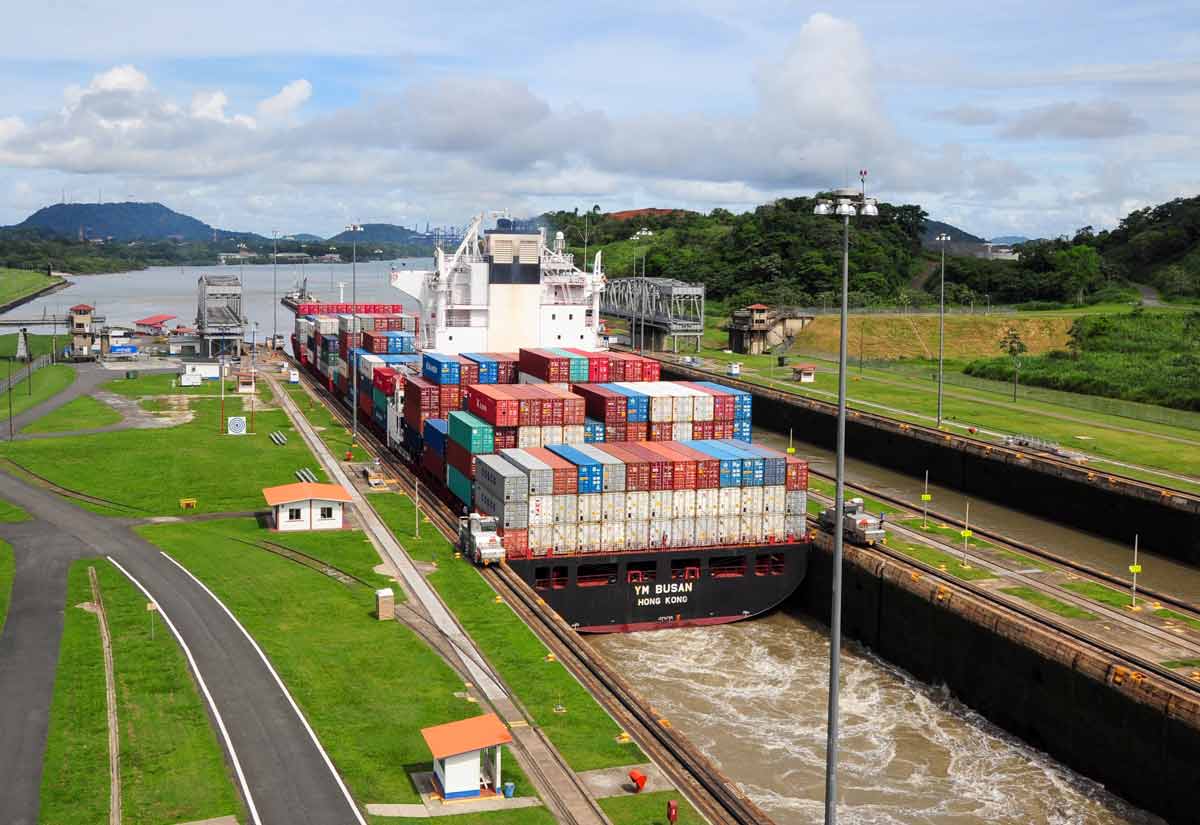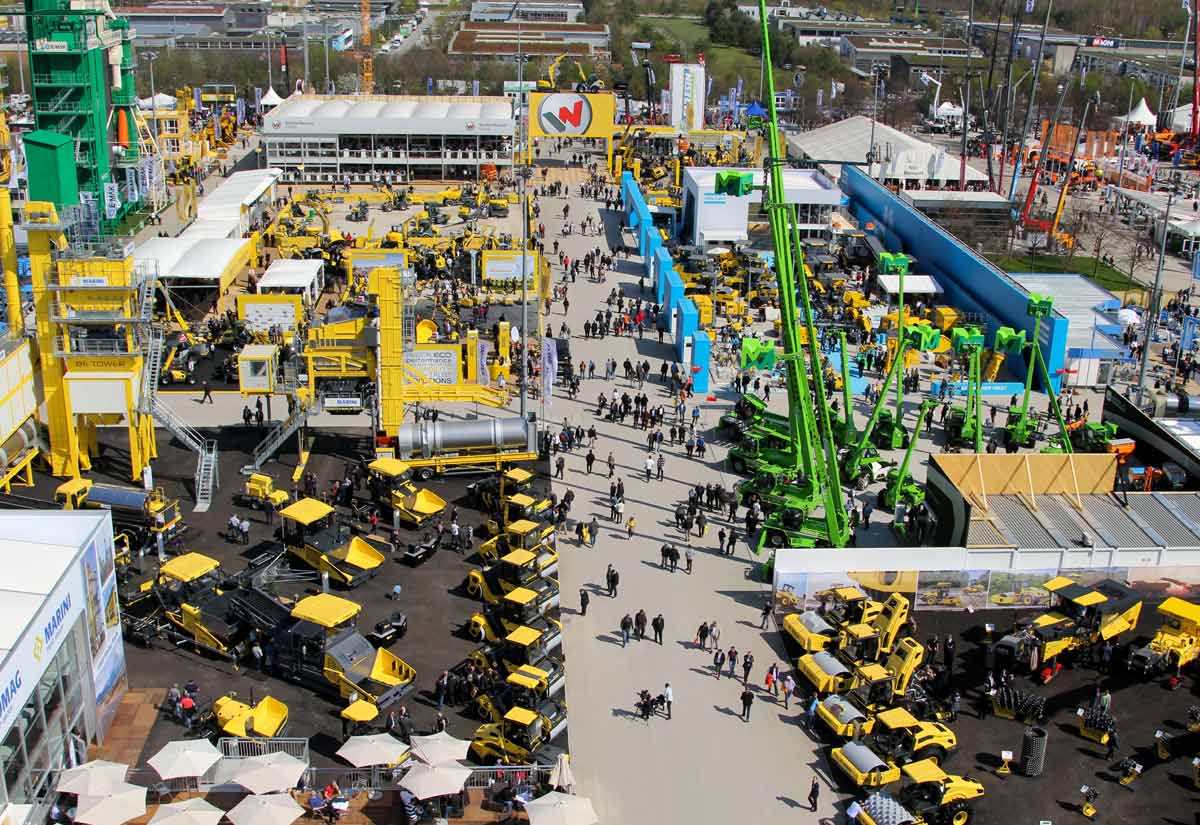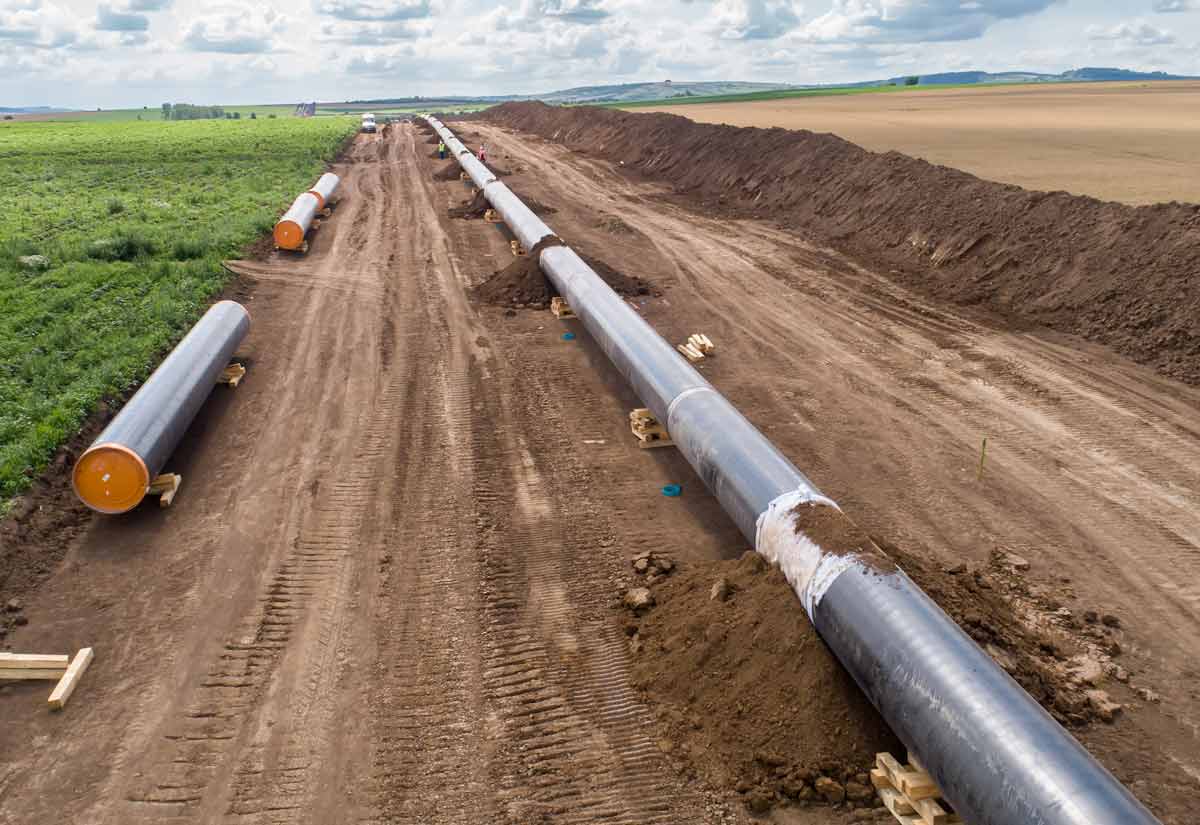Calculating COV: The Business Impact of Talent Shortages
COV, or Cost of Vacancy, is the most critical metric for determining the actual dollar impact of vacancies in key positions for industries across the board, and according to one leading HR expert, the COV metric is one quite often neglected.
Companies need to think beyond the balance sheet where all too frequently, vacancies are falsely perceived as mere short-term reductions in administrative expenses.
As we’ll see shortly, Resource Erectors 20+ years of experience at matching the top qualified candidates for vacant key positions is vital to reducing the expensive daily impact of COV at your company.
How Much Money Are Vacancies Costing Your Company?
Dr. John Sullivan is an internationally renowned HR strategist and Wall Street Journal expert known in the Human Resources sector as “the father of HR metrics”. Ironically, Dr. Sullivan points to a misplaced emphasis on cost containment and a pervasive lack of awareness about the long-term detrimental consequences where COV impact is concerned.
Sullivan’s COV calculations revealed that the cost of a single vacancy in a key position ranges between $7,000 and $12,000 per day. He cites one unique case where the vacancy expense ran as high as $200,000 per day.
While there is no “one size fits all” formula for calculating COV, Sullivan offers both basic and advanced formulas guaranteed to wake up the finance department and raise recruiting to its proper place on the CFO’s priority list. Dr. Sullivan offers a variety of formulas for a deeper dive into the COV numbers at the link above, but here are two examples which demonstrate how negatively COV can impact your business:
- Average Revenue per Lost Employee- Total company revenue divided by the number of employees divided by the number of workdays (220) in the year. This metric tells you how much revenue is lost each day the position remains vacant. A company with 100 employees and total revenue of $25 million is losing $1,136.36 every day.
- Simple Salary Multiplier- This calculation relies on research statistics indicating that salaried employees generate between 1 to 3 times their salaries in revenue. Obviously, the higher the salary the higher the lost revenue. High-level professional vacancies in the $100,000 salary range can cost your company $300,000 or $1363.63 each day the position goes unfilled.
The Impact of Talent Shortages on Mining and Construction Operations
Now that we’ve crunched the basic COV numbers it’s important to take a look at the other burdens that talent vacancies place on operations, specifically in mining and construction. These are harder to quantify in dollar amounts but the debilitating effects of understaffing, under-qualified personnel, and the inevitable turnover that every enterprise faces in today’s hyper-competitive employment environment are beyond debate.
In the mining sector, the Bureau of Labor Statistics is projecting a 3% growth in demand for Mining and Geological Engineers, with 5% increases for engineers overall as well as 5% gains for all occupations in the US economy. With median pay for mining engineers at $92,950 we already know the high daily expense companies will bear for this vacancy but there are other tangible ripple effects adding to the COV expense. In the construction sector, labor shortages were seen by many as the primary cause of the 5.68% cost increase in the sector going back to 2018.
As Dr. Sullivan notes in his article, understaffing lowers the probability that production targets will be met, but there is also the cost of overtime and the lowering of workforce morale when unfilled vacancies add to the daily workload of loyal employees. Vacancies can have a domino effect when frustration spreads throughout the workforce.
Safety problems and errors increase. When supervisors and team leader positions are vacant for too long a cascade of frustrated team members walk out to avoid overwork. Those who stay are more likely to file grievances and even initiate union activity. Managers may try to resolve these problems by promoting from within but rushing under-qualified personnel up the ladder can be a serious misstep when leadership positions require years of experience.
The same principle applies to the “bad hire” where the rush to fill a critical vacancy can lead to years of costly consequences in wasted salaries, disrupted production, and the expenses of ongoing damage control.
Which brings us to our next vital business metric. You’ve heard of TTM, or Time to Market. If you want to improve that number you should get familiar with TTR.
TTR- Time To Recruit With Resource Erectors
As we’ve seen, COV costs go up each day that vacancies go unfilled and prolonged slow recruiting for the top professional positions only exacerbates the costs and disruptions to operations. At Resource Erectors we bring 20 years of recruiting experience to the mining, manufacturing, and construction industries. We maintain relationships with thousands of professional and executive candidates to fill your most critical top-level vacancies.
Over 80% of our placed professional candidates are still actively contributing to the success of their companies 5 years later. We screen every candidate for the levels of education, professional experience, and career patterns to align the best available talent to the needs of your organization. When you need to fill critical vacancies in engineering, sales, business development, executive positions, logistics, financial and more please don’t hesitate to contact us today for a free consultation.













